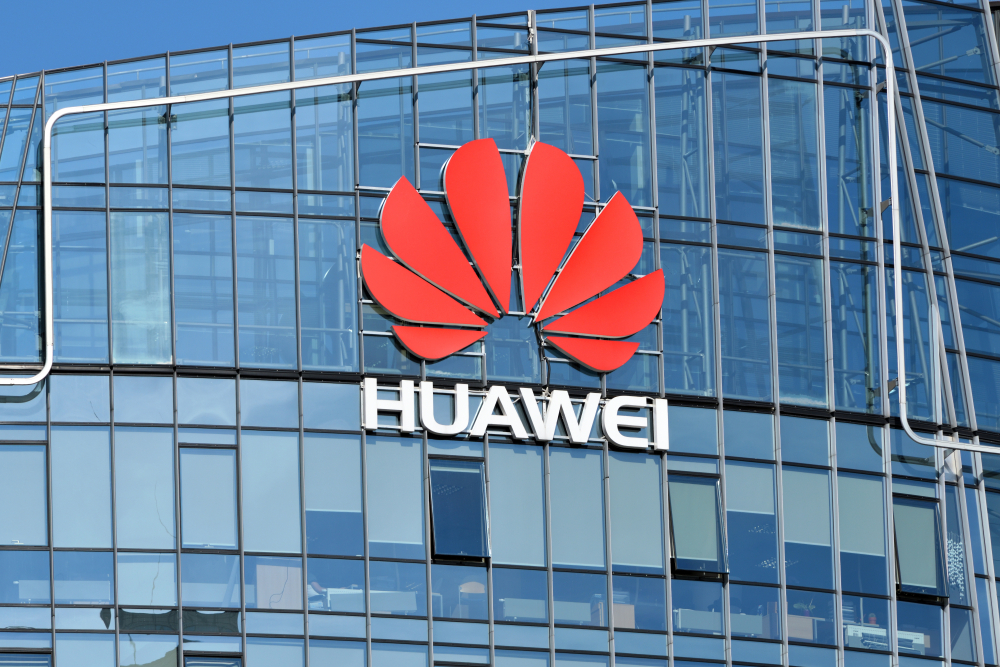Huawei Technologies is prioritizing its base station business while cutting procurement for its smartphone segment, the Nikkei Asian Review has learned, as Chinese President Xi Jinping vows increased spending on crucial infrastructure to help the world’s second largest economy recover from the impact of the coronavirus.
“Huawei has revised down its orders for parts to go into smartphones but has switched some of the chip orders for smartphones to [chips] for its base station business,” a person familiar with the matter said.
Huawei’s switch of focus is in line with the conclusion by China’s top policymaking panel, the Politburo Standing Committee, on March 4 that the government would accelerate investment in major construction and infrastructure projects — including 5G network deployment and data center construction. The decision is aimed at reviving the country’s economic growth, which has slumped to its slowest pace in decades after factories and other businesses were forced to suspend or scale down operations due to the coronavirus outbreak.
Huawei was already prioritizing inventory for its more strategic 4G and 5G routers, switches and base stations businesses over its smartphones operations, as Nikkei reported in January, due to fears that Washington would further restrict its suppliers’ uses of American technologies.
Now, however, the world’s second-largest smartphone company after Samsung Electronics has reduced its orders for some smartphone parts by as much as 30% for the April-June period, including display-related components, people familiar with the situation said. This is despite the company preparing to launch its most important premium handset in an online event on March 26. The P40 range, as it is expected to be called, is Huawei’s most important smartphone launch for the first half 2020, though these phones, like the Mate 30 launched last autumn, will lack Google Mobile Services support. This means they will not have access to such popular applications as Google Play, Gmail, Google Map, and YouTube, which are indispensable in Western markets.
Meanwhile, Huawei has slashed its goal for annual smartphone shipments to around 180 million units, a 25% decline from the 240 million units it shipped in 2019, two sources familiar with the matter said. Previously, Huawei hoped to at least maintain a flattish shipment level for this year, sources said.
“It will definitely be a big correction year for Huawei,” said Jeff Pu, an veteran tech analyst with GF Securities. “Huawei’s smartphone shipments will decline on a year-over-year basis and likely fall to third place globally this year.”
While its smartphone business is set to face its first-ever decline this year, Huawei’s telecom gear business remains robust, as China is reaccelerating the deployment of 5G in the country even after the coronavirus hit. Huawei in February claimed to have secured more than 90 commercial contracts for 5G globally, ahead of major rival Ericsson’s 79 as of December last year.
“Demand in the networking-related business is inelastic, so it hasn’t been impacted by the coronavirus outbreak, not to mention China is going all-in on building 5G technology. Smartphones, on the other hand, are not necessity items when consumer confidence is shaken,” another Huawei supplier executive told Nikkei.
Last June, China granted earlier-than-expected commercial licenses to major national carriers to accelerate the country’s roll out of 5G, a move aimed at countering Washington’s clampdown on Huawei, which has included attempts to convince its international allies to keep the company out of their 5G infrastructures. Beijing has since activated the 5G network in more than 50 major cities at the end of 2019 and plans to deploy nearly 700,000 5G base stations across the country by 2020.
“At the end of the day, Huawei could even scale back its hard-earned smartphone business,” a supply chain executive who is familiar with Huawei’s strategy told Nikkei. “But it will hold on to its telecom infrastructure business, which is where everything starts.”
Huawei declined to comment on its smartphone target.
